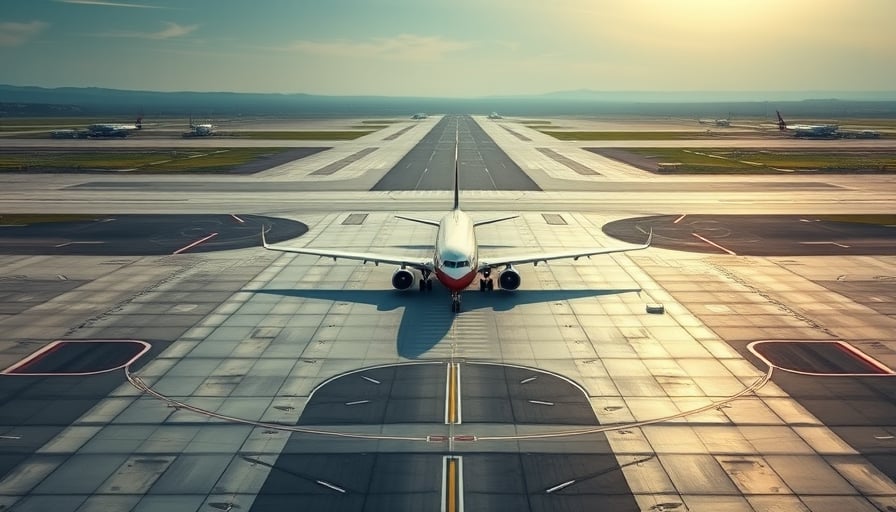Deutsche Lufthansa AG: Profit Gains, Cost Pressures, and Labor Uncertainty
Deutsche Lufthansa AG delivered a solid third‑quarter 2025 earnings report on 1 November, announcing a 4 % increase in revenue to €11.2 billion, up from €10.7 billion a year earlier. Operating profit rose sharply, reflecting the carrier’s continued ability to capitalize on a recovering travel market. The group’s CEO reaffirmed the full‑year outlook, projecting sustained growth and a strategic focus on cost discipline.
Yet the headline figures hide a deeper struggle. The same Morningstar snapshot, released at 3 a.m. ET, warned that “demand stabilizing as costs eat into net profit.” Lufthansa’s cost structure is under intense scrutiny: fuel hedges, crew wages, and airport fees continue to climb, squeezing margins. The company’s price‑to‑earnings ratio sits at a modest 5.45, underscoring investor caution that profitability may be fragile in the face of rising expenditures.
Labor negotiations stall the possibility of a strike
A looming threat to operational stability emerged from the pilots’ union, the VC. Since May, negotiations over pension contributions have stalled, with pilots demanding higher employer input. On 1 November, the union granted Lufthansa additional time, effectively postponing a strike. While this reprieve shields the carrier from immediate disruption, it also signals unresolved tensions that could flare up again, especially if the airline fails to deliver on pension promises.
Market sentiment and share performance
Lufthansa’s shares, trading at €7.594 on 30 October, are approaching the 52‑week high of €8.386 set in late August. Despite the positive earnings, the market remains wary. The recent downturn in the German passenger airline sector, coupled with increasing scrutiny over labor practices, has pressured the stock, keeping it near the lower end of its annual range.
Strategic moves and regional expansion
In a bid to diversify revenue streams, Lufthansa announced the resumption of flights to Tehran from December, a route that had been suspended for five months. This decision reflects the airline’s strategy to tap under‑served markets, potentially offsetting domestic market volatility. Meanwhile, Lufthansa Technik’s expansion into the Philippines underscores the group’s commitment to global maintenance, repair, and overhaul services—a segment less exposed to passenger demand cycles.
Conclusion
Deutsche Lufthansa AG stands at a crossroads. While third‑quarter earnings demonstrate resilience, mounting costs and unresolved labor disputes threaten to erode the gains. Investors and industry observers should monitor how effectively the airline balances revenue growth with cost control, and whether it can resolve pension negotiations before the next bargaining cycle. The company’s ability to navigate these challenges will dictate whether the share price can sustain its upward trajectory or buckle under the weight of operational and financial pressures.
